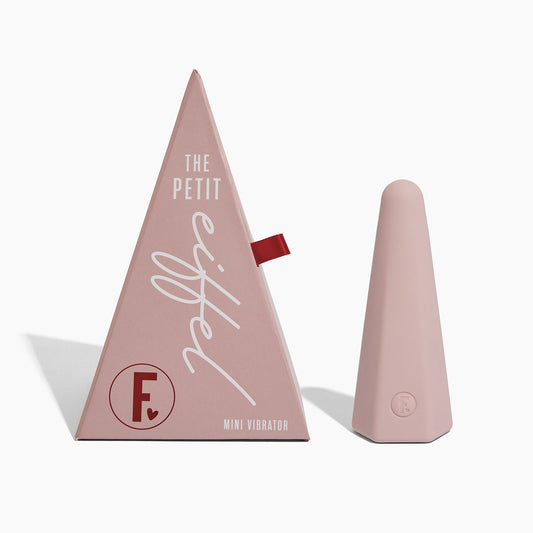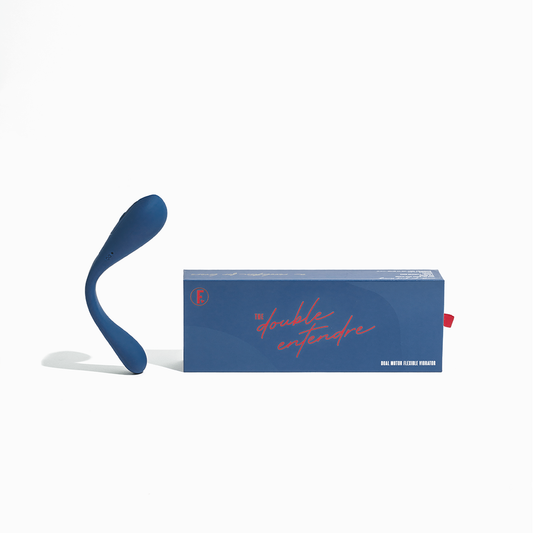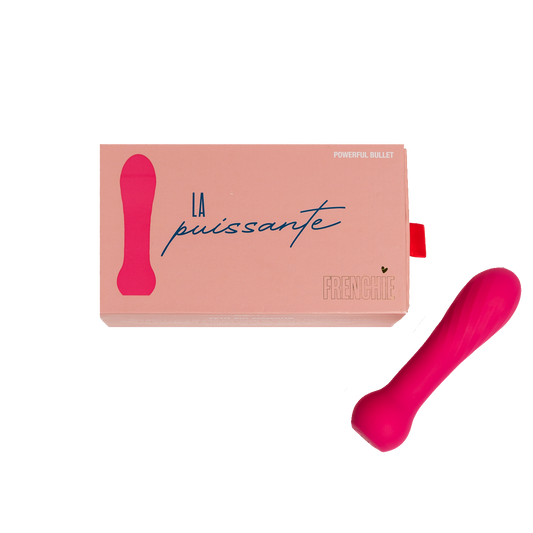There are multiple causes for painful penetration, including physical, psychological, social causes, and more often a combination of them.
Lack of arousal/lubrication
Without arousal and lubrication, any kind of penetration can be painful. Some of the causes for it are:
- Anxiety
- Not enough warm-up;
- Hormonal factors / Medications / Systemic conditions;
- Arousal non-concordance.
Anxiety
Arousal is highly connected with our parasympathetic nervous system, that is related to a state of relaxation. If we are anxious or overthinking, our body is not able to fully relax, surrender and get aroused.
Sexual shame, body image issues, and performance anxiety can get in the way of arousal. And without arousal and lubrication, any kind of penetration can be painful.
Sex-positive sex education, working with sex coaches or therapists, communicating your fears or feelings of shame with your partner can be incredibly helpful in those cases.
Not enough warm-up
It takes time for our body to warm-up and get fully aroused. If we go straight for the genitals, chances are that our bodies will not be fully aroused yet, and penetration can be painful.
Spending time teasing, kissing, exploring different erogenous zones and different forms of sex, such as oral, can be life changing!
Hormonal factors / Medications / Systemic Conditions
Some life phases, such as menopause and after giving birth or while breastfeeding, can cause changes in our body’s hormones, leading to less lubrication and sometimes more fragile (atrophic) skin, with increased risk of tearing and pain. The use of some medications and some systemic medical conditions might also influence on arousal and lubrication.
In those circumstances, slowing down and investing in a lot of lube is fundamental.
Arousal Non-Concordance
Sometimes, even though someone is turned on, their genitals might not react accordingly. This is called arousal non-concordance. The same way someone with a penis might have an erection without feeling aroused or not have an erection when really wanting sex, people with vulvas might experience the same.
That causes an increased risk of pain during penetration, as the genitals are lacking arousal and lubrication. In those cases, lots of lube, and exploring other ways of pleasure not involving penetration can feel great!
Physical causes/medical conditions
There are many physical conditions that can lead to both superficial and deep dyspareunia. The good news is that most of those conditions can be treated – and if not, there are ways to manage its symptoms, including pain during penetration.
Superficial Dyspareunia
- Vestibulodynia
- Vaginismus
- Scar tissues after childbirth or surgical procedures
- Lichen Sclerosus
- Bartholinitis
- Different variations of the Hymen
- Female Genital Mutilation
- Congenital Abnormalities
Deep Dyspareunia
- Endometriosis
- Adenomyosis
- Ovarian cysts
- Uterine fibroids
- Bladder inflammation / infection
- Pelvic Inflammatory Disease
- Bowel conditions (e.g. constipation/IBS)
- Uterus/cervical position
Both Superficial and Deep Dyspareunia
- Vulvovaginitis
- Sexually Transmitted Infections (STIs)
- Pelvic Organ Prolapse
- Overactive Pelvic Floor
- Vaginal Atrophy
While some of the conditions above can be treated with medications or surgery, others can be managed with physiotherapy, psychotherapy, or most often a combination of different therapies by a multidisciplinary team.
There are also different strategies to manage dyspareunia even when a definite treatment isn’t available or is still in progress. Lubricants can make penetration more comfortable and pleasurable, both for people suffering from superficial and deep dyspareunia. If the main symptom is pain on deep penetration, there are silicone rings that can be placed on a dildo or penis to control the depth of penetration. Education around the condition can also be of great help.





